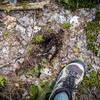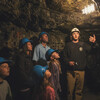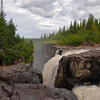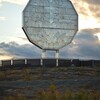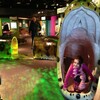
Relive Temiskaming's Glory Days in Art & Architecture
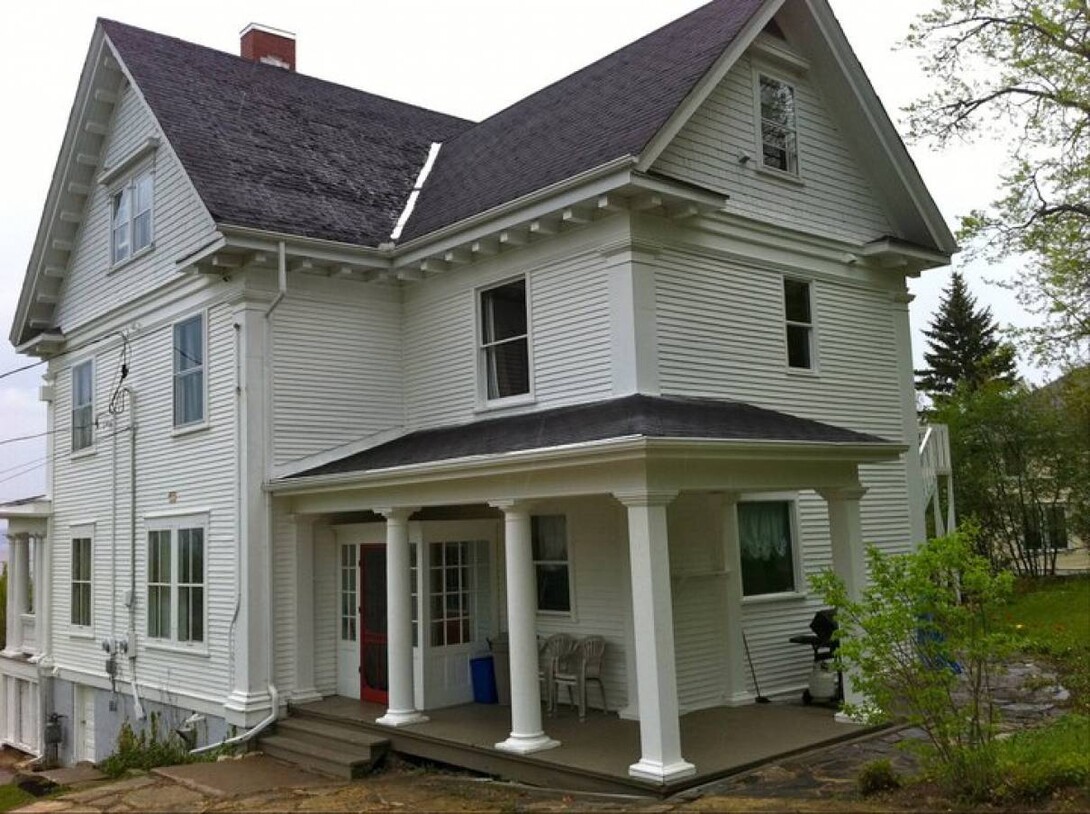
Temiskaming was once one of the most important and lucrative mining centres in the world. It was a rugged frontier where enterprising young men made quick fortunes. As the wealth of the community grew, so, too, did its cultural attractions, becoming known for a wide variety of theatre and architecture.
Two of Temiskaming Shores’ communities, Cobalt and Haileybury, proudly display the scars and splendour wrought by their mining heritage. In some ways, the former still has the authentic hardscrabble identity of a blue collar community, with modest homes and remnants of mining life on full display (including head frames and deep scars in cliff faces from blasting). The latter town showcases the lavish lifestyles of the mine owners, who used their wealth to create architectural gems that persisted long after they left town for their next prospect.
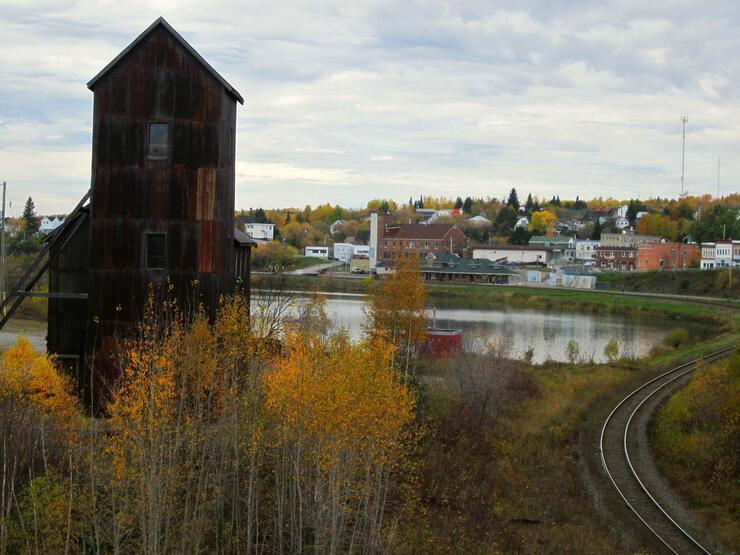
Cobalt: Resilience and Authenticity
Welcome to ‘Ontario’s Most Historic Town!’ People from across North America flocked to this Temiskaming community in the early twentieth century as the town rose to become one of the largest silver mining operations in the world (producing 460 million ounces of silver), using old-fashioned methods and technologies, such as wheelbarrows, handpicks, dynamite, as well as laying the foundation for modern mining technologies. A bustling community sprung up, with celebrities, prime ministers and artists reveling in Cobalt’s reputation as a cultural centre for Northern Ontario. Today, the community keeps its authentic, unpretentious feel and a community pride in the mining district, which is a National Historic Site.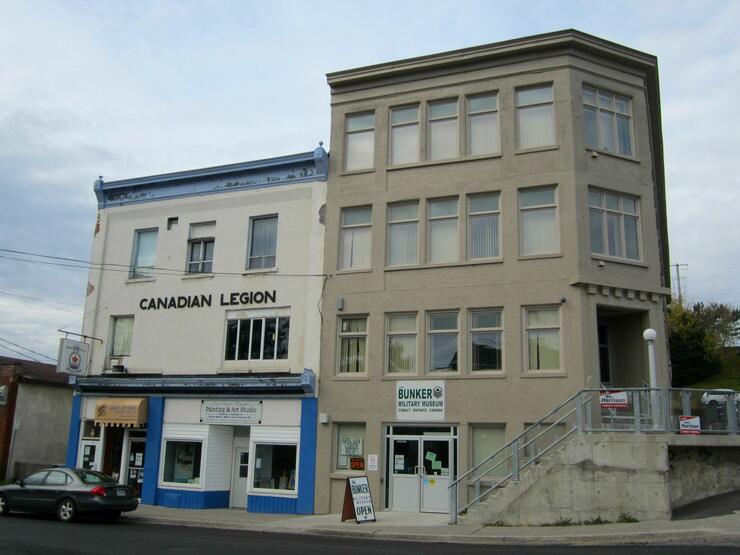
Stepping inside the Bunker Museum, you will be greeted by one of the friendly volunteers who can take you on a tour of the 20,000 artifacts in their collection. Many of these were donated by Jim Jones, a local collector and WWII veteran. A room, that is a particular visitor favourite, displays dozens of uniforms from military personnel from around the globe. Some are so rare that other, larger museums, have tried to poach a few of the uniforms for their own collection, to no avail.
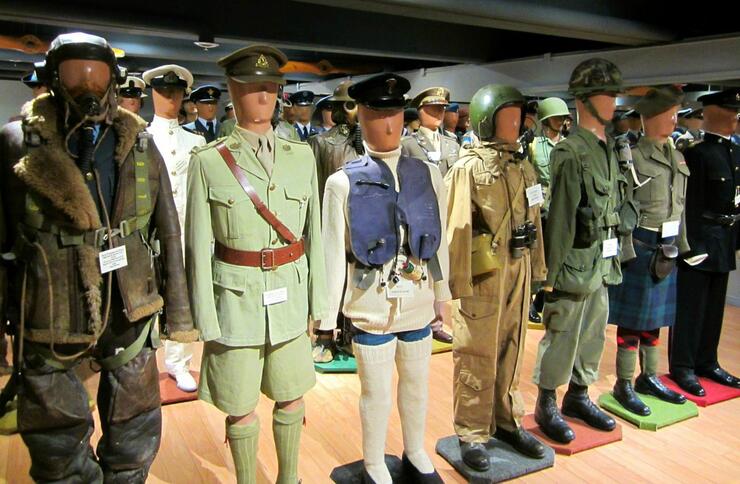
Just down the street from the Bunker Museum, you’ll see the bright blue sign of the Cobalt Mining Museum. Learn about the hardscrabble life of a Cobalt Camp miner and their families through newspaper articles, videos, pictures and artifacts, including the world’s largest silver displays. The museum runs an above ground mining tour, as well as an underground tour of a real mining adit and shaft - both of these tours are an hour long. You can also pick up a map of the Heritage Silver Trail, a 20-minute driving tour of mine sites in the area.

Across the street from the theatre stands a towering mine head frame, just as it would have looked in the 1920s. Head down toward Cobalt Lake, taking in the photogenic scene of modest, but brightly coloured, homes dotting the shore, the railway tracks leading to the old Right of Way headframe, and the unmistakable water tower rising in the distance. You’ll also note the Cobalt Railway Station (designed by prominent Canadian architect John M. Lyle), which was once a stop on the six days a week, year-round Northlander that ran between Toronto and Cochrane.
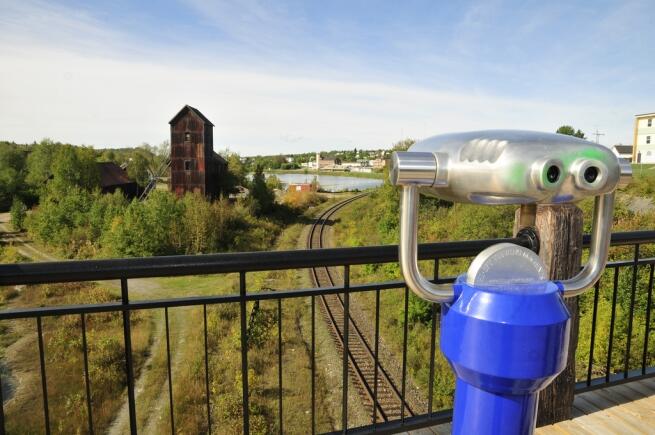
Art has always been a part of Cobalt’s history: Famous artists have captured mining and Northern life here, including Franklin Carmichael’s famous painting: Houses, Cobalt. Today, you can enjoy several colourful murals chronicling Cobalt’s rich heritage, including one directly across from the Railway Station and one on the side of the Firefighter’s Museum. For another view, head to the LaRose Bridge, which provides a great spot for a photo of the town and lake.
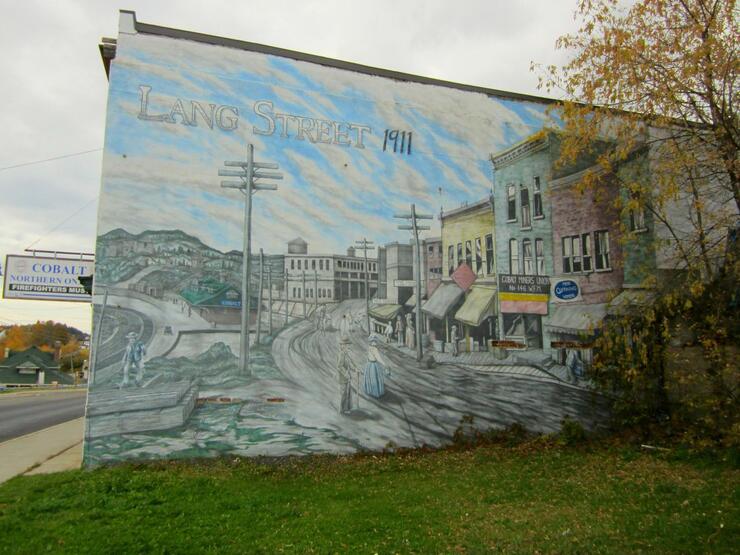
Haileybury: Lifestyles of the Rich and Famous
While Cobalt provides visitors a true feeling of the life of an everyday miner, Haileybury provides a taste of the finer things in life. Even the view in Haileybury is first class. As you descend the hill into Haileybury, you are gifted with an inspiring view of Lake Temiskaming, its forested islands and the verdant hills of Quebec on the far shore. Architecture lovers are spoiled on the quiet streets of Haileybury with unexpected gems, such as the majestic courthouse and Église Sainte-Croix, as well as street after street of charming historic homes.
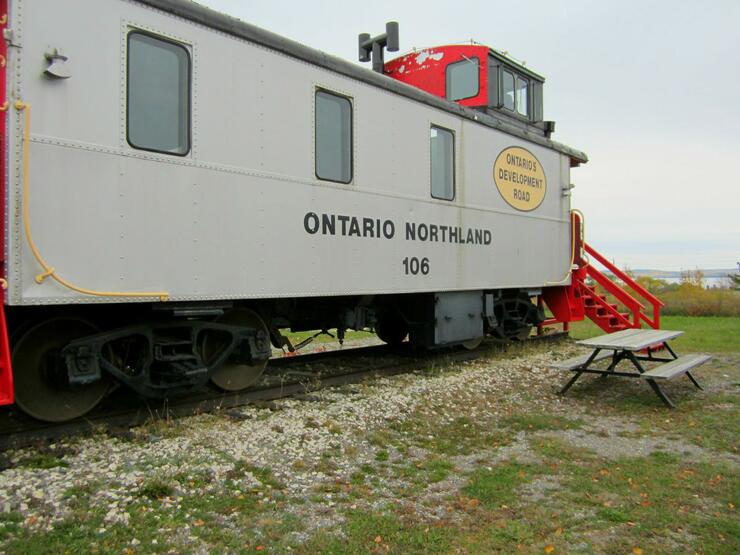
Take a stroll along the waterfront pathway that passes the waterfront pool, waterslide and marina, and enjoy views of the many beautiful waterfront homes running in both directions. In the distance, you can’t miss the gleam of the largest home in Canada, demonstrating that Haileybury’s days of attracting impressive homes for the wealthy is not over.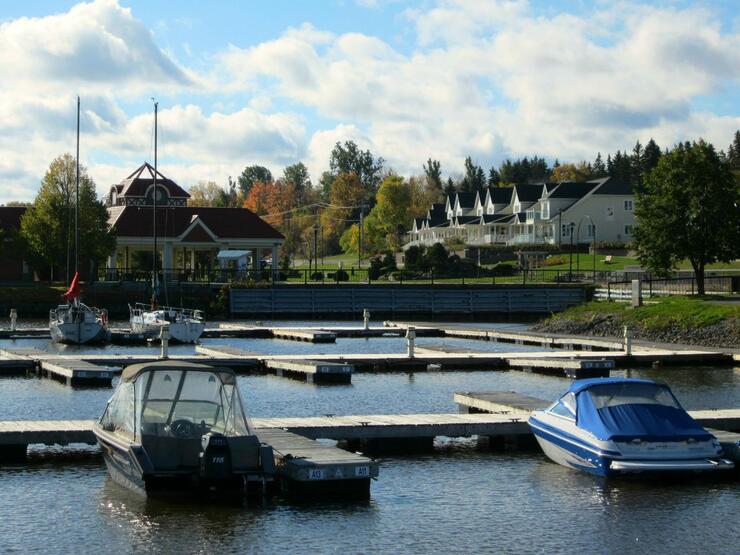
Where to Stay: President’s Suites
What better way to appreciate Temiskaming’s heyday as one of Ontario’s most economically and culturally vibrant communities than to live the life of a local mining magnate? The President’s Suites in Haileybury provides luxurious and comfortable accommodations in three stand-alone historic houses, as well as three apartments in the Villa, which was the majestic home of Arthur Ferland, a mining entrepreneur.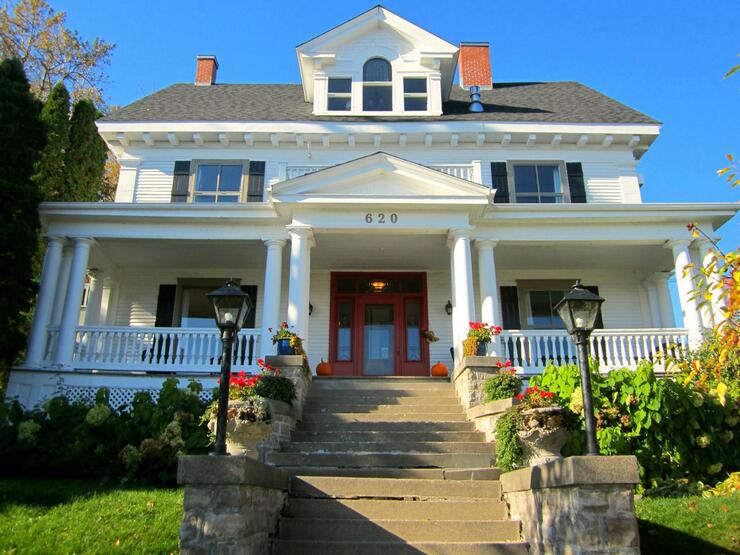
The prime room, in this writer’s opinion, is the Guertin Suite. Its top floor location provides unparalleled views of the deep blue waters of Lake Temiskaming. As you relax in your penthouse suite, you can imagine you are a self-made business tycoon from the early twentieth century. Except, now you have a TV and a gas fireplace burning in the background.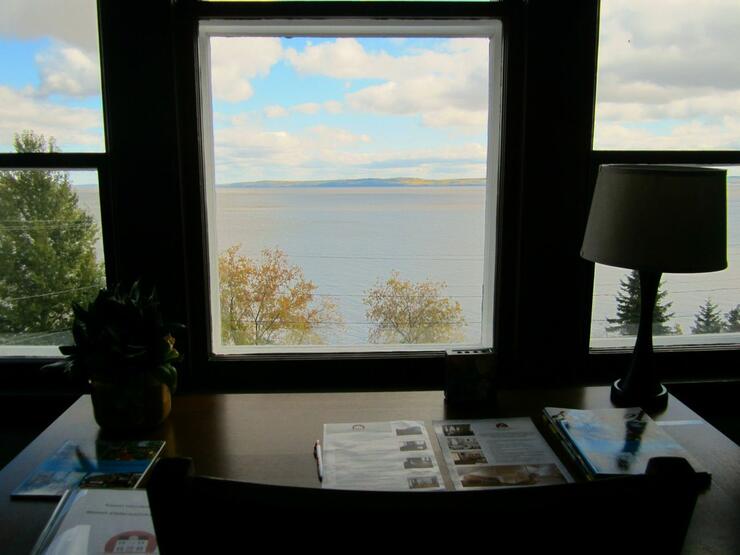
For those travelling with a group, such as a team building corporate excursion, Nicole and her partner, Jocelyn, can organize dramatic murder mystery-type role playing historical evenings as a fun way for guests to learn about the region’s unique characters and past. They also own the small Farr Island in Lake Temiskaming that can be used for special events, or guests can simply borrow a kayak to paddle out for a picnic or a pirate scavenger hunt.
For anyone who doubts Northern Ontario can deliver true luxury, The President’s Suites will certainly provide a first-hand experience to change their mind.
Recommended Articles
The Seven's Best Hikes, Biking Trails and Lakes

7 Best Spots to Check Out in The Seven

Budget Bliss: Explore Northeastern Ontario Without Breaking the Bank

Bring Your Fam!

Time to Unwind: 6 Spa Havens to Discover In The Seven
5 Amazing Places to SUP in Northeastern Ontario

5 Amazing Bike Rides to Discover

Northern Lights in Northeastern Ontario

Northeastern Ontario's Best Pride Festivals

Fish for one of the World's Rarest Species of Trout

An Insider's Guide to Manitoulin Island

6 Small-Town Gems to Explore in Northeastern Ontario

11 Best Things to Do in Kapuskasing, Ontario




